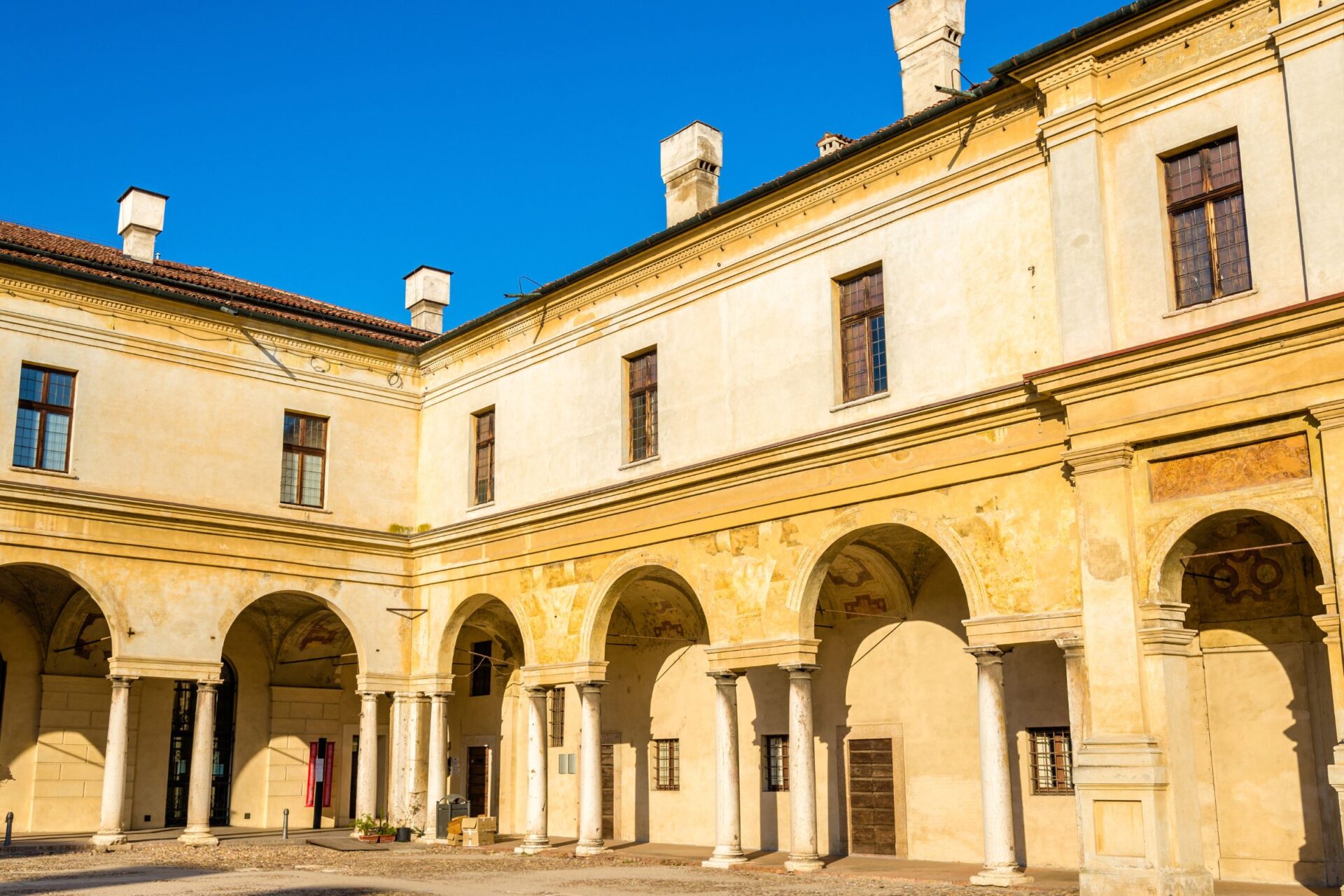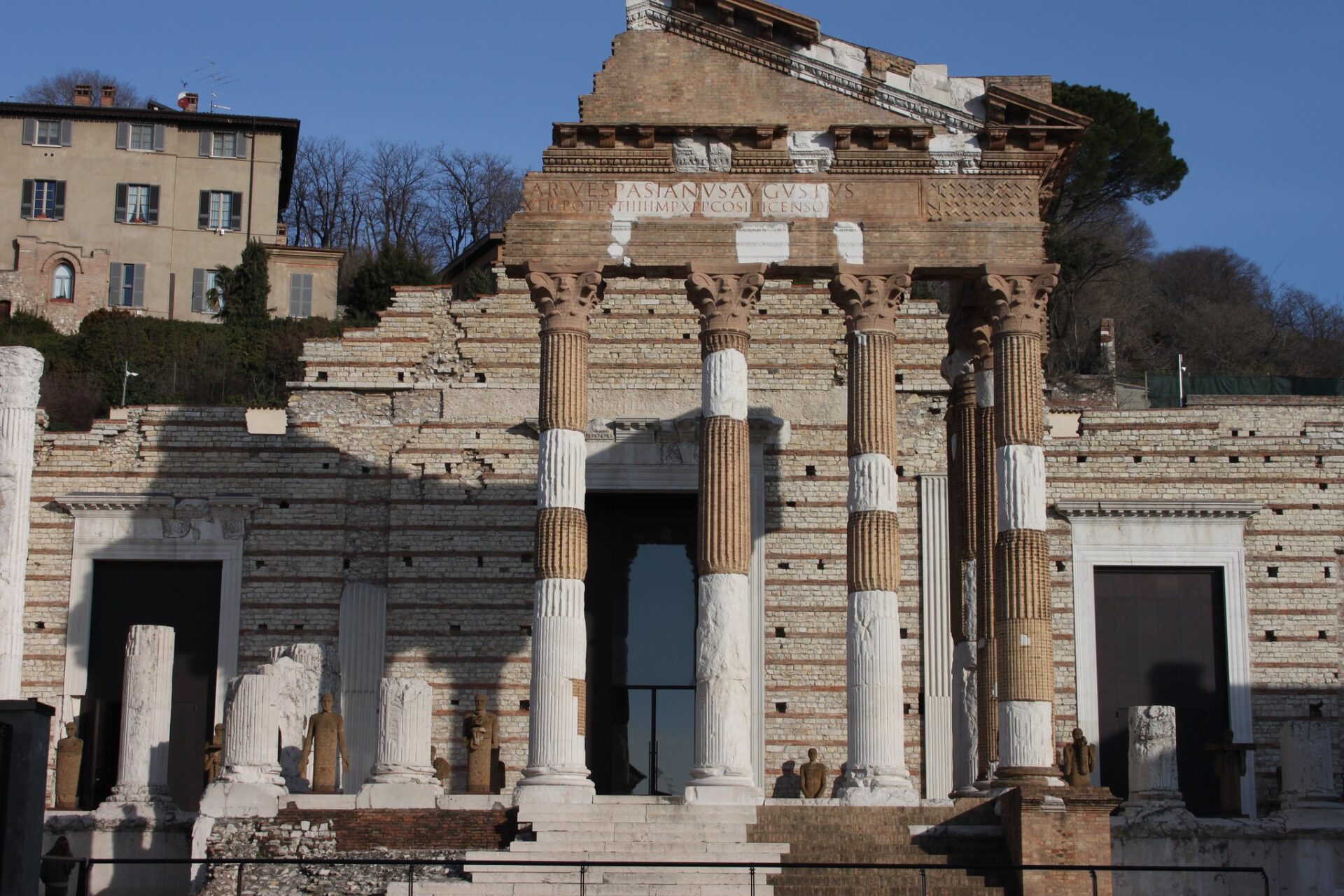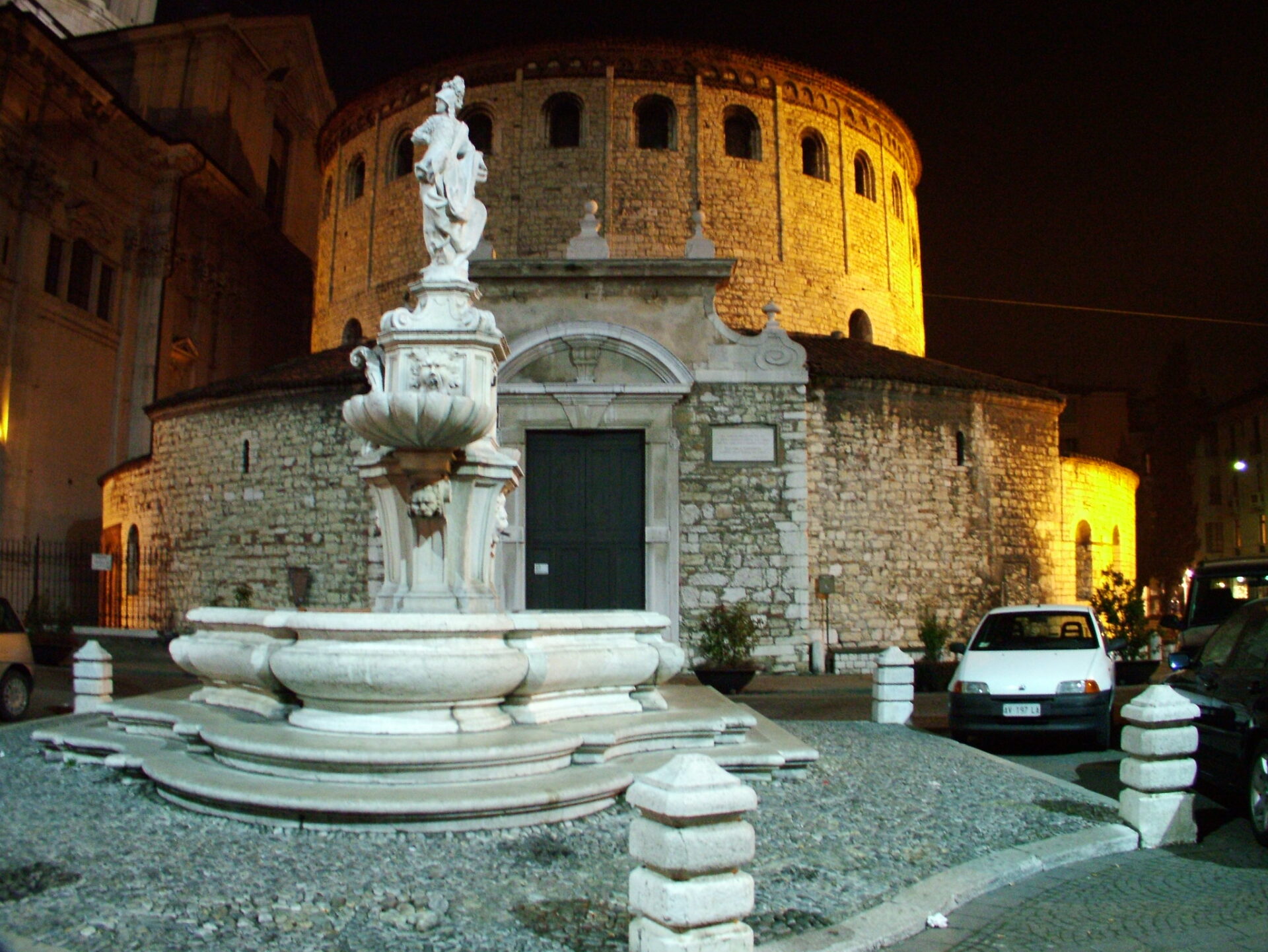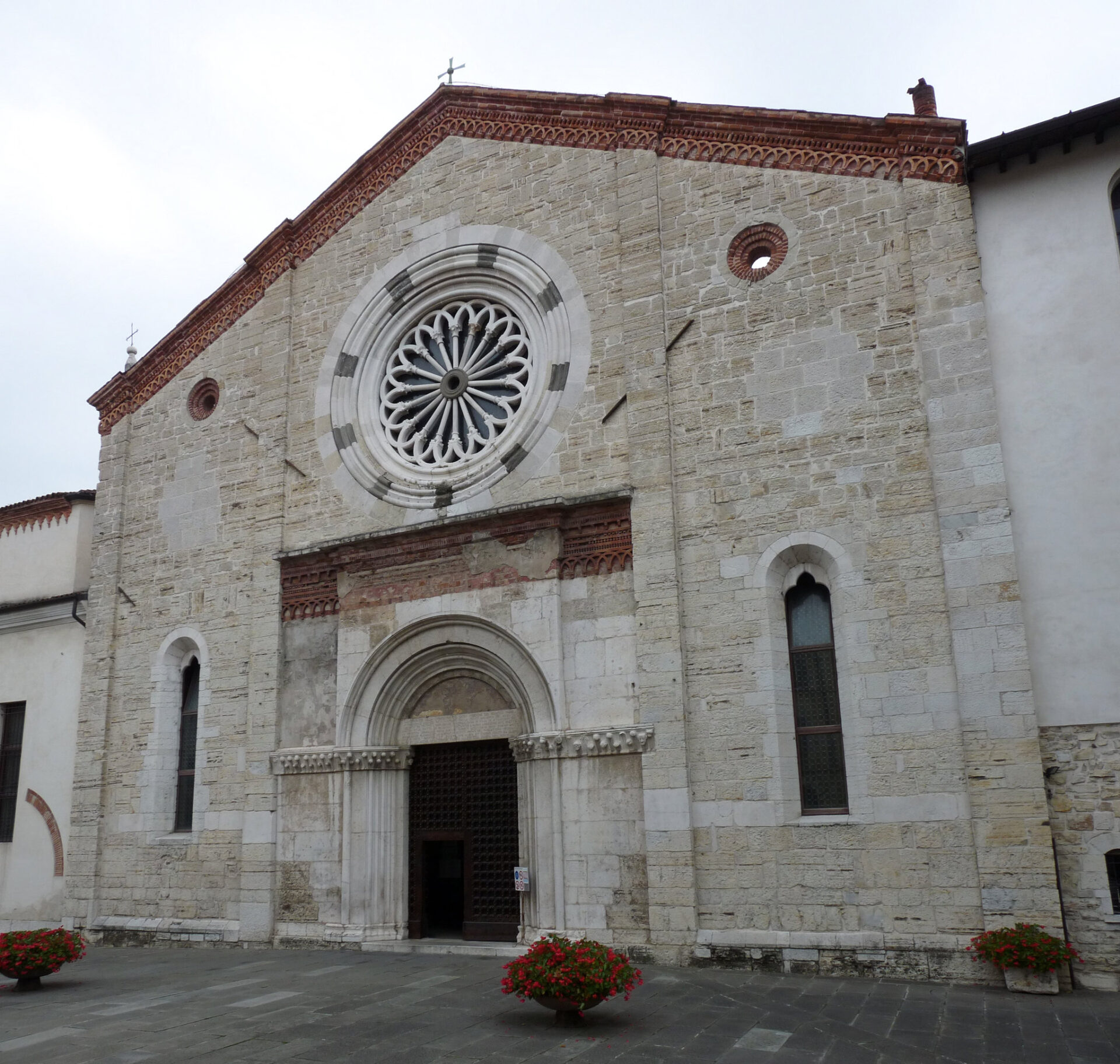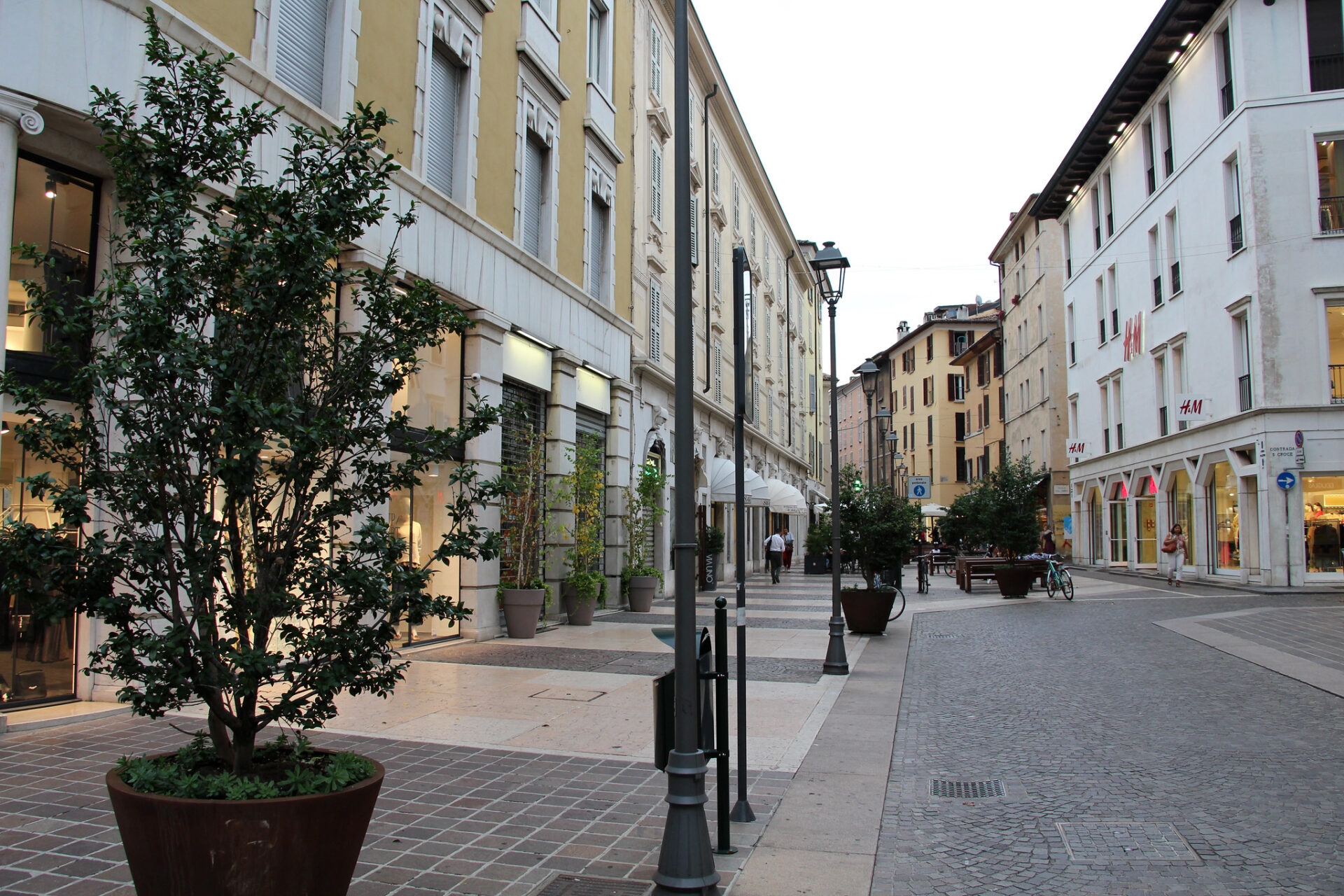Walking through the historic streets of Brescia last summer, I couldn’t believe this magnificent northern Italian city wasn’t overrun with tourists. While most visitors flock to nearby Milan or Venice, Brescia quietly preserves its Roman ruins, Renaissance architecture, and authentic Italian atmosphere without the crowds.
This underrated gem in Lombardy offers everything I love about Italy—rich history, stunning architecture, and incredible food—yet remains delightfully free from mass tourism.
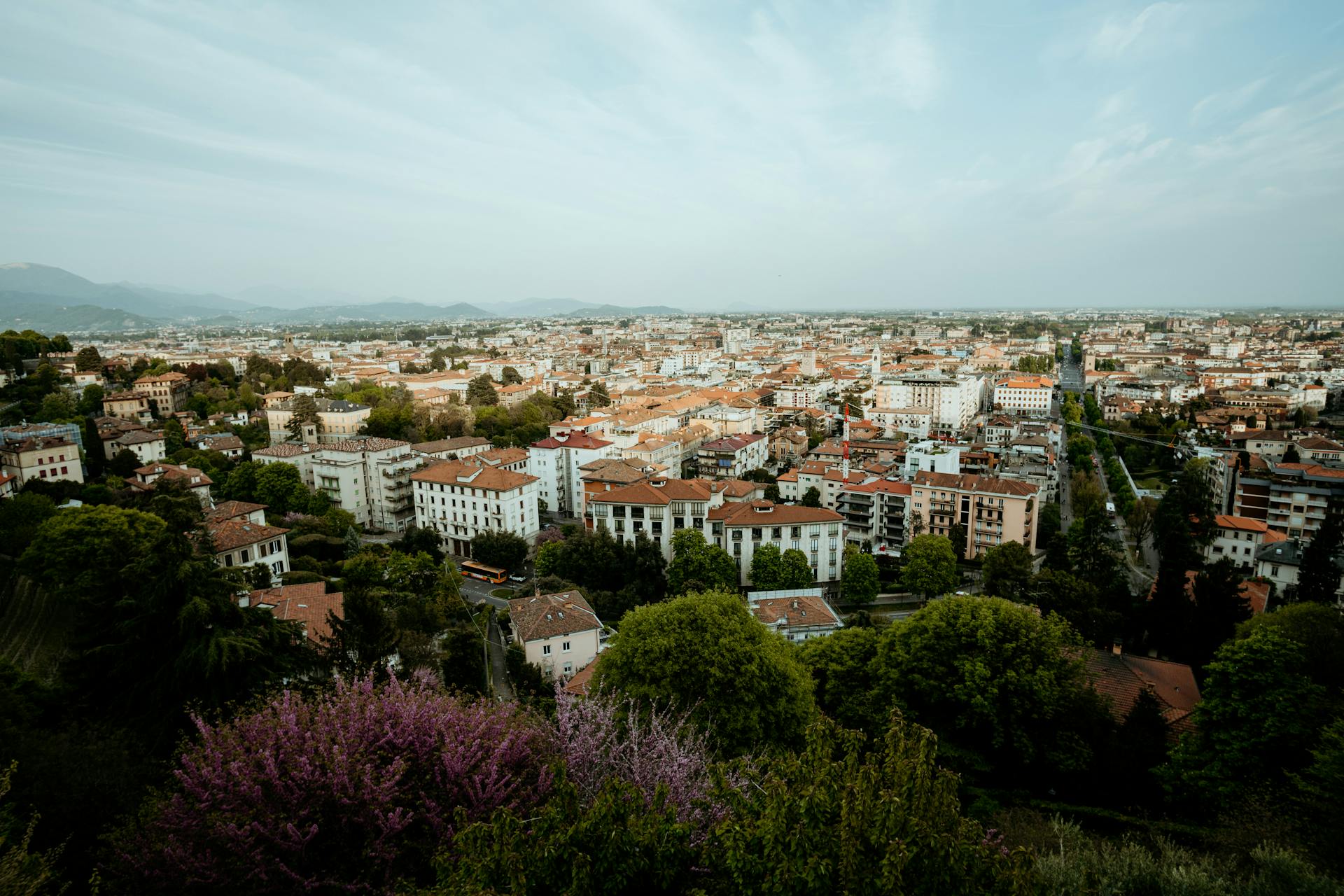
The city surprised me at every turn. Roman temples stand beside medieval castles and Renaissance squares, telling the story of Brescia’s fascinating past. I spent hours exploring the UNESCO World Heritage Site of the monumental archaeological area, amazed that I often had these incredible spaces almost to myself. The combination of ancient ruins and well-preserved historic buildings creates a living museum unlike anywhere else I’ve visited in Northern Italy.
What makes Brescia truly special is how it feels like a discovery all your own. The locals I met were genuinely welcoming, eager to share their city’s secrets rather than weary of tourists. As I sipped espresso in a sun-drenched piazza and watched Italian life unfold around me, I wondered how such a magnificent place could remain so overlooked. If you’re looking for authentic Italy without the tourist crowds, Brescia might just be your perfect destination.
Discovering Brescia: A Hidden Gem between Milan and Venice
Nestled in the heart of Lombardy, Brescia remains one of Northern Italy’s best-kept secrets. This charming city offers rich history and stunning architecture without the overwhelming crowds found in its famous neighbors.
Geographical Significance and Nearby Attractions
Brescia sits in a perfect location between Milan (about 100 km west) and Venice (about 130 km east). This strategic position makes it an ideal base for exploring Northern Italy’s highlights.
From here, I could easily take day trips to Lake Garda, Italy’s largest lake, just 30 minutes away by car or train.
The city is surrounded by beautiful landscapes, with the foothills of the Alps to the north and the fertile Po Valley to the south. Wine lovers will appreciate the proximity to Franciacorta, Italy’s premier sparkling wine region, just a short drive away.
For those planning a road trip through Northern Italy, Brescia provides a refreshing stop between major destinations. I found it offered a more authentic Italian experience than the tourist centers nearby.
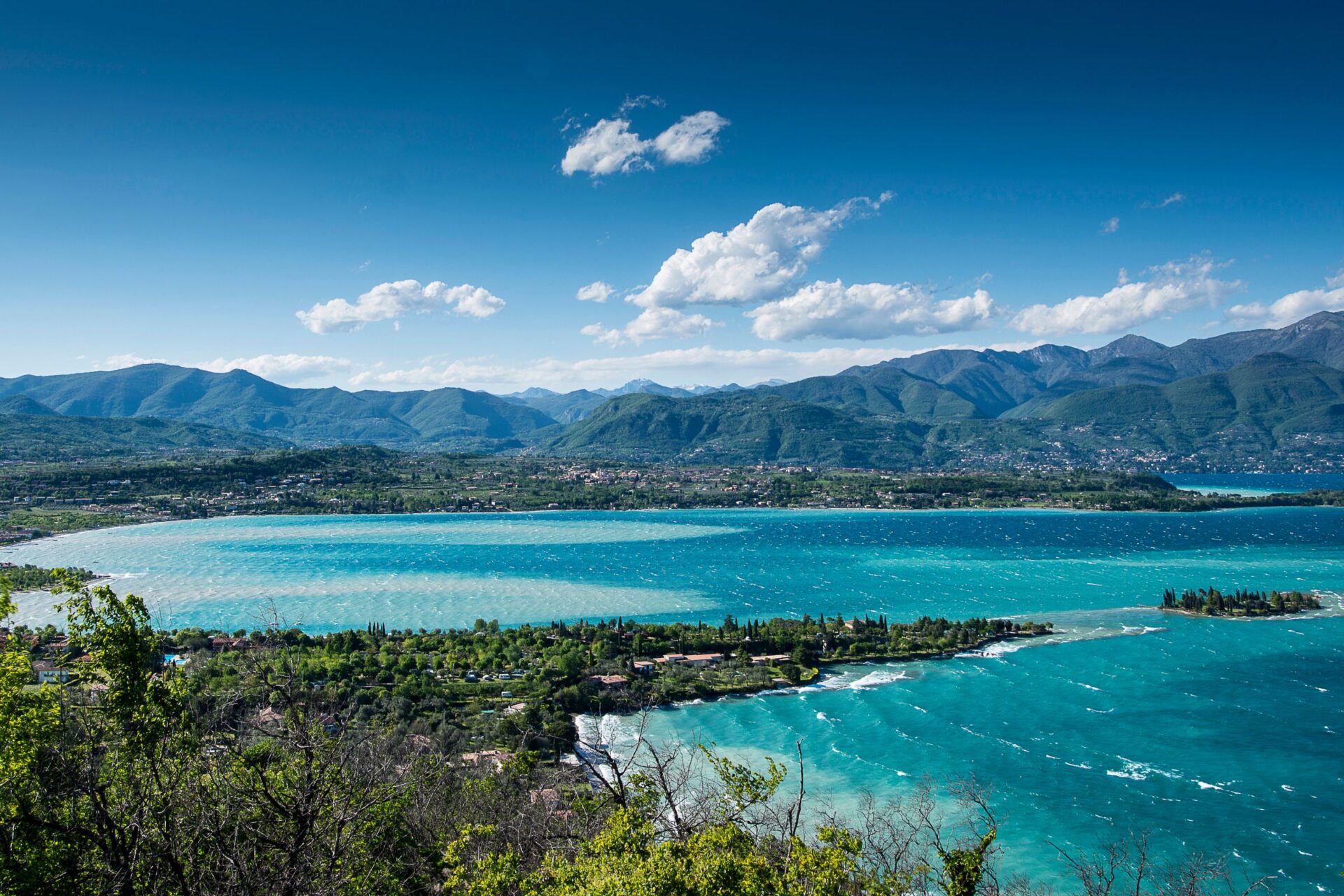
Traveling to and Around Brescia
Getting to Brescia is surprisingly easy. The city is well-connected by high-speed trains from Milan (35-40 minutes) and Venice (about 1.5 hours). I arrived by train and found the station conveniently located near the historic center.
For those driving, Brescia sits right on the A4 motorway that connects Turin to Venice. Parking can be found in several garages around the city center.
Once in Brescia, I discovered that most attractions are within walking distance. The compact historic center is mostly pedestrianized, making exploration on foot a pleasure.
Public transportation is reliable if needed. The metro line connects major points of interest, and local buses reach areas further from the center. I rarely needed these options since walking was so convenient.
Brescia’s Rich History Unveiled
Walking through Brescia feels like traveling through time. The layers of history here run deep, with over 3,200 years of civilization leaving remarkable traces throughout the city.
Roman Ruins and the Testimony of Time
I was stunned by Brescia’s Roman treasures, which remain surprisingly intact yet somehow overlooked by most tourists. The Capitolium Temple from 73 CE stands as the jewel of archaeological finds, with its impressive marble columns and detailed friezes.
When I visited the UNESCO World Heritage Site called “Lombards in Italy,” I spent hours exploring the Roman Forum and ancient theater that once held 15,000 spectators. The underground passageways revealed remarkably preserved mosaics and artifacts.
What makes Brescia special is how these ruins aren’t cordoned off as mere museum pieces—they’re integrated into the city’s fabric. I found myself sipping espresso at a café with direct views of 2,000-year-old columns!
From the Medieval to the Modern: An Architectural Journey
The Castello di Brescia truly captivated me. Perched on the city’s highest hill, this massive fortress offers both incredible city views and a journey through medieval military architecture. The Venetian walls surrounding it tell stories of the Republic’s long influence here.
Renaissance splendor appears in the Piazza della Loggia, where I marveled at the astronomical clock and elegant porticoes. The Duomo Vecchio (Old Cathedral) surprised me with its rare circular Romanesque design—something I hadn’t seen elsewhere in Italy.
What fascinated me most was how Brescia balances preservation with modern life. Art Nouveau buildings stand beside medieval towers, while contemporary museums occupy ancient spaces, creating a living timeline of architectural innovation.
Cultural Experiences and the Lure of Lake Garda
Brescia’s charm extends beyond its city walls to the stunning Lake Garda, just a short drive away. This proximity creates a perfect blend of urban culture and lakeside relaxation that made my visit truly special.
Lakeside Escapades: Sirmione and Desenzano
I spent a magical day exploring Sirmione, a narrow peninsula that juts into Lake Garda’s southern shore. The medieval Scaliger Castle guards the entrance to this charming town, creating a picture-perfect welcome.
The highlight was definitely the Grotte di Catullo, an impressive Roman villa ruin sitting at the peninsula’s tip. These ancient ruins offer breathtaking lake views and a glimpse into Roman luxury living.
Desenzano del Garda surprised me with its lively atmosphere. The town boasts three beautiful beaches, a picturesque marina, and a historic center with vibrant squares perfect for people-watching.
Ferry rides between these towns gave me stunning views of the Alps reflecting in the crystal-clear waters. The lakeside promenade in Desenzano became my favorite sunset spot.

Savoring the Local Cuisine
Lake Garda’s cuisine blends mountain traditions with Mediterranean influences, creating unforgettable flavors. Fresh lake fish appears on nearly every menu, with lavarello (whitefish) prepared with simple olive oil and lemon being my absolute favorite.
Local restaurants in Brescia introduced me to casoncelli, pasta pockets filled with meat and covered in sage butter. This hearty dish pairs perfectly with Lugana, a crisp white wine produced in vineyards between Sirmione and Desenzano.
Food markets around Lake Garda showcase regional specialties like:
- Monte Veronese cheese
- Lake fish preserved in olive oil
- Locally pressed olive oils
- Limoncello made from lakeside lemons
The gelaterias along the waterfront offered the perfect sweet ending to my meals, with flavors that changed seasonally based on local ingredients.
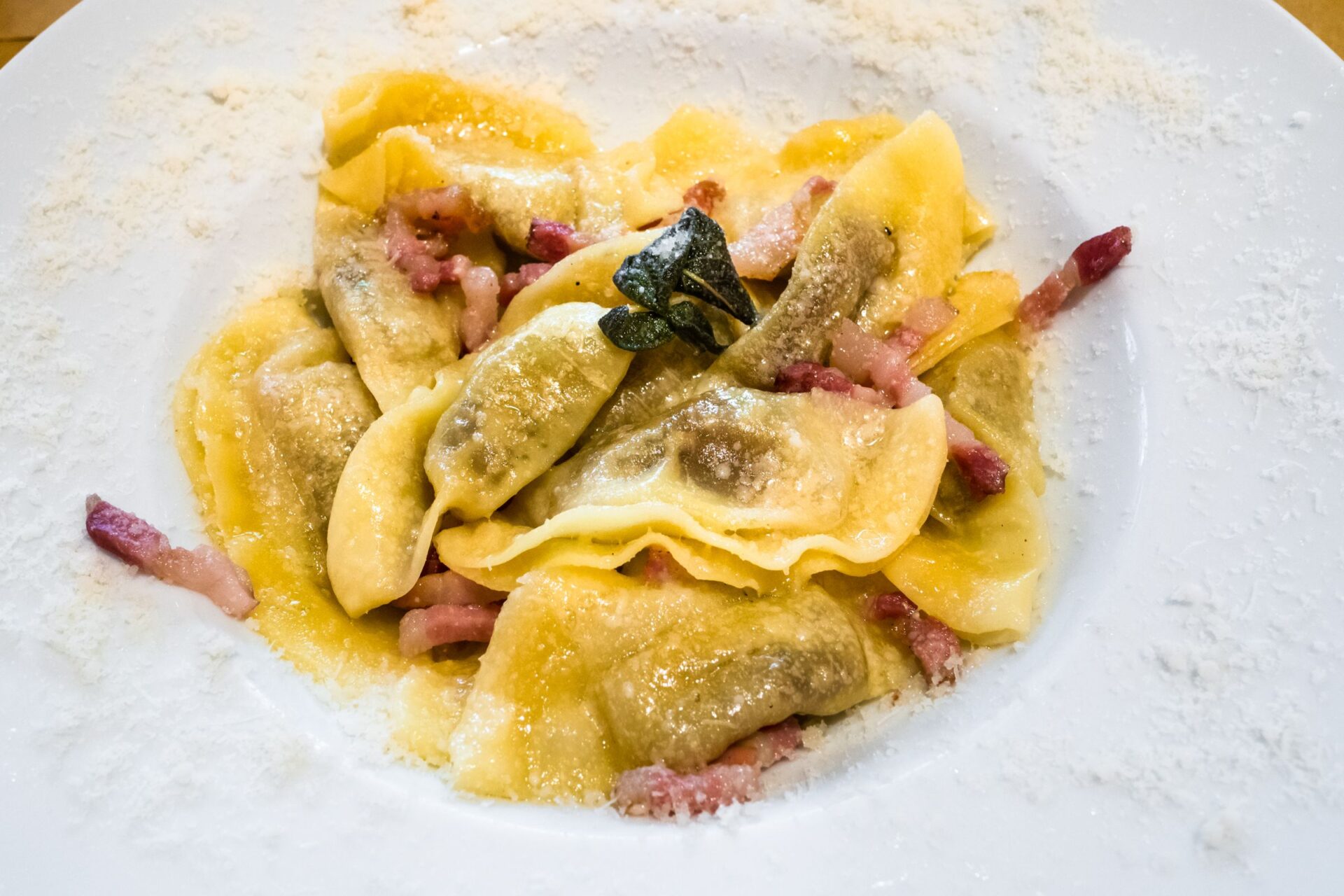
Sacred Spaces: Exploring Churches and Spiritual Sites
Brescia’s religious architecture reveals the city’s deep spiritual heritage and artistic achievements. The churches here combine stunning beauty with peaceful sanctuaries away from the bustling streets.
The Majestic Duomo and Its Artistic Heritage
The Duomo Nuovo (New Cathedral) stopped me in my tracks with its impressive marble exterior. Standing in Piazza Paolo VI, I was struck by its majestic dome and grand façade that dominates the square.
What makes Brescia unique is that you can see two cathedrals side by side – the Duomo Nuovo and the Duomo Vecchio (Old Cathedral). The contrast between styles tells the story of different eras of faith and architecture.
Inside the New Cathedral, I wandered through spacious naves adorned with beautiful artwork and sculptures. The light filtering through stained glass windows created an almost magical atmosphere.
The artistic treasures housed within include notable paintings by Italian masters and intricate marble work that took craftsmen decades to complete.
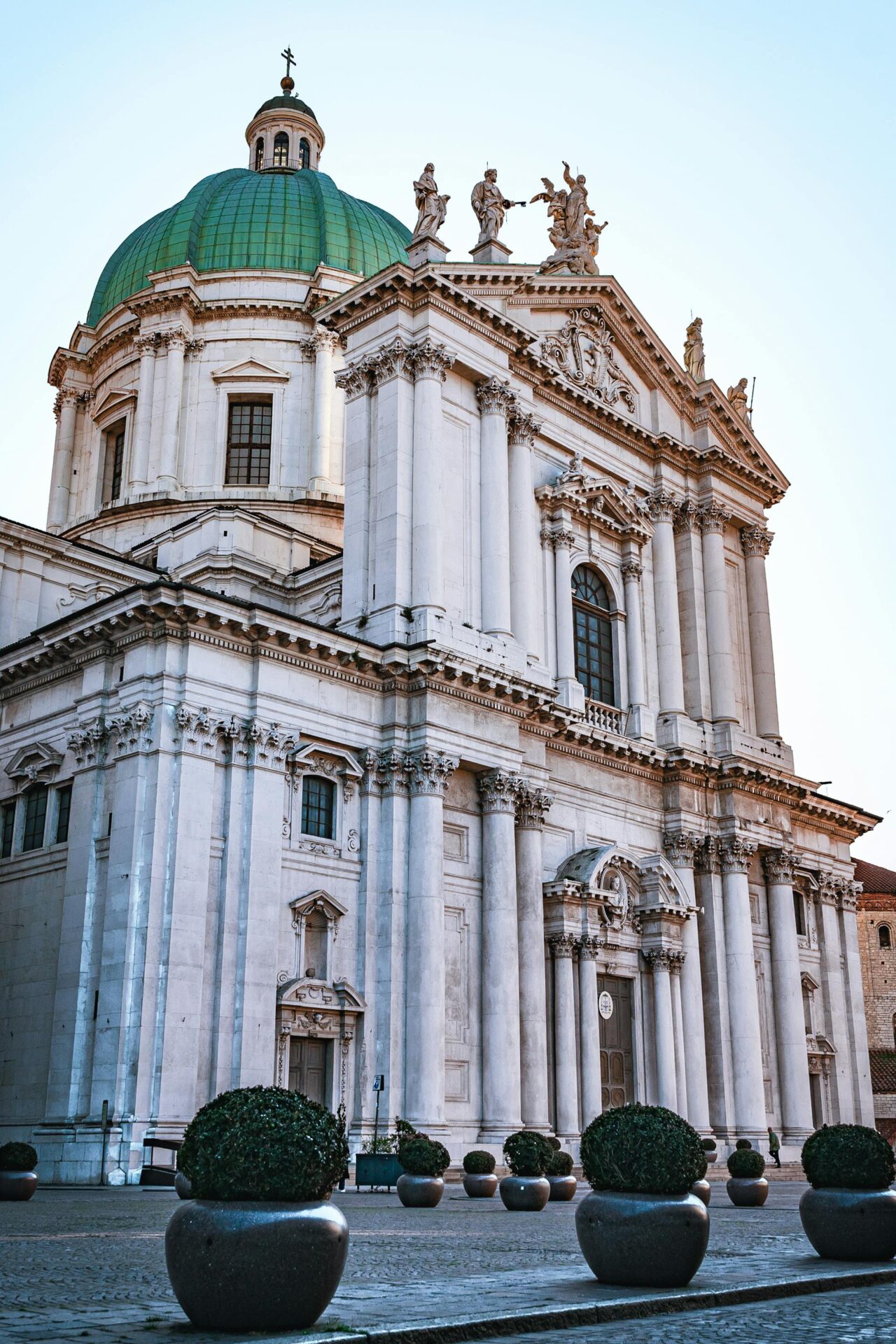
Tranquillity and Solace in Brescia’s Churches
Beyond the Duomo, I discovered smaller churches that offered peaceful retreats from the city’s energy. These sacred spaces felt like hidden gems where I could pause and reflect.
Many churches in Brescia incorporate elements from the city’s Roman past. Some are built near or even on top of ancient Roman villa remains, creating fascinating layers of history.
The Church of San Francesco particularly impressed me with its simple beauty and tranquil courtyard. I spent an hour just sitting in the cool interior, admiring the frescoes and enjoying the silence.
What surprised me most was how empty many of these churches were. Unlike Florence or Rome, I often had these beautiful spaces to myself, allowing for a more personal connection to Brescia’s spiritual heritage.
Shopping and Leisure: Uncovering Brescia’s Vibe
Brescia offers a delightful mix of shopping experiences and entertainment options that many tourists miss. The city buzzes with local energy that feels authentic and untouched by mass tourism.
Boutique Shops and Trendy Cafés
Walking through Brescia’s historic center, I discovered charming boutiques tucked away on cobblestone streets. The area around Via Musei features independent shops selling handcrafted leather goods, unique jewelry, and high-quality Italian clothing you won’t find in chain stores.
For fashion lovers, the Corso Palestro and Corso Zanardelli areas blend modern retail therapy with historic architecture. I spent hours browsing through shops housed in centuries-old buildings while soaking in the city’s atmosphere.
The cafés scattered throughout shopping districts offer perfect rest stops. I especially loved the small cafés near Piazza della Loggia where locals gather. These spots serve excellent espresso and pastries at prices much lower than in tourist-heavy Italian cities.
Entertainment: Live Music and Performances
Brescia’s entertainment scene surprised me with its vibrancy and diversity. The city hosts numerous live music venues where you can enjoy everything from classical performances to contemporary bands.
The Palazzo Ducale regularly features concerts and cultural events in a stunning historic setting. During my visit, I caught an intimate jazz performance that attracted a mix of locals and visitors.
For theater enthusiasts, Brescia offers several options. The options include the historic opera house Teatro Grande, the contemporary performances at Teatro Sociale, and numerous smaller venues featuring local talent.
Summer evenings in Brescia come alive with outdoor concerts in the city’s squares. I stumbled upon an impromptu performance in a small piazza that turned into one of my favorite memories of the trip.
The nightlife feels authentically Italian rather than tourist-oriented. Local bars often feature live music from regional artists, creating a genuine cultural experience that connects you with the city’s true character.
